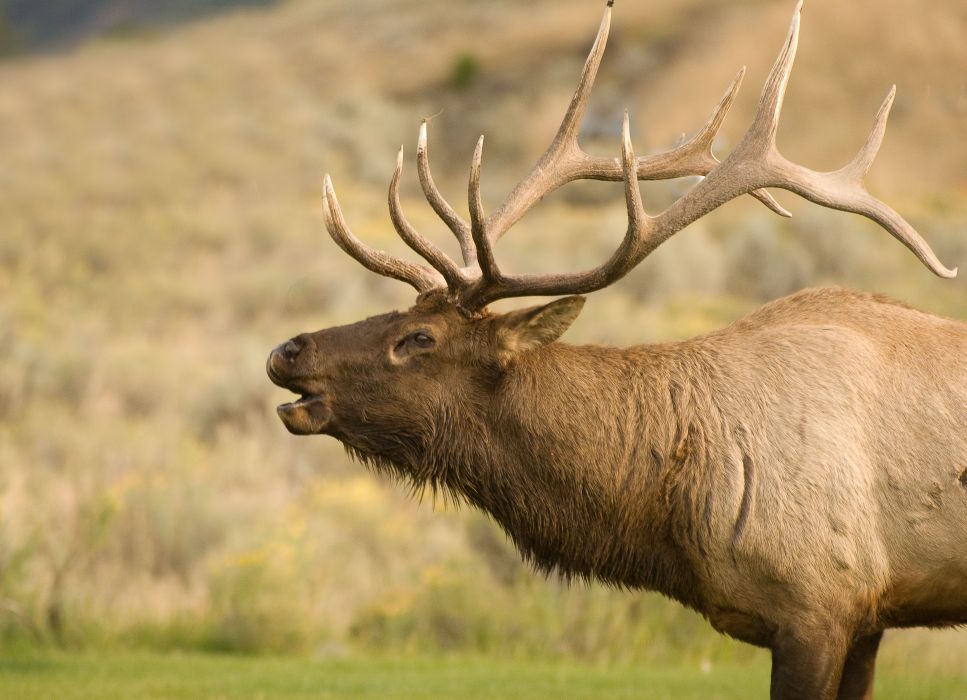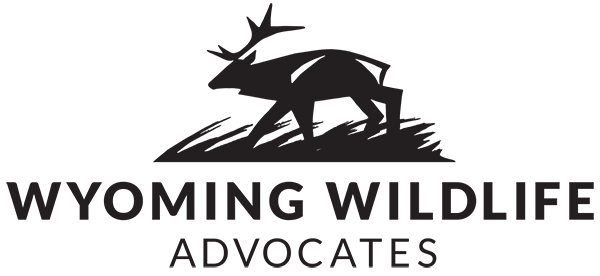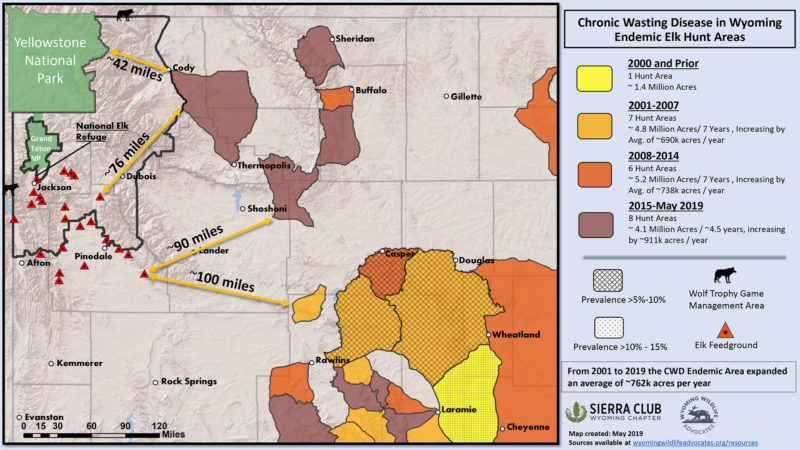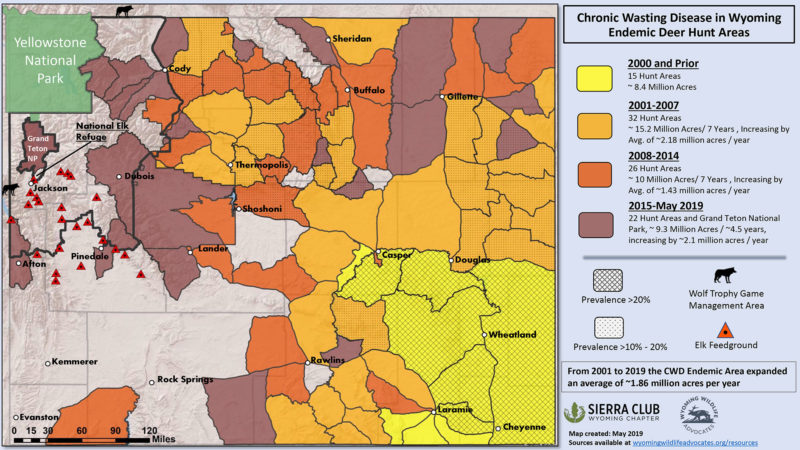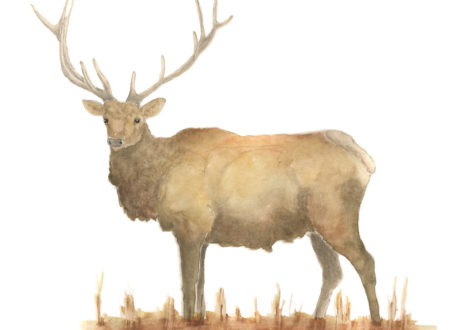
... because science, not politics, should guide herd management.
Chronic Wasting Disease – a deadly illness that erodes the brains of elk and deer – is steadily spreading across Wyoming. The elk of the Greater Yellowstone Ecosystem are one of only a few populations in the state that have not yet tested positive for the disease. But given migration patterns and the density of animals on wintertime feedgrounds, it’s only a matter of time.
What are feedgrounds?
During the winter, elk are offered supplemental food in 22 WGFD-managed feed grounds and the National Elk Refuge. The consequences of this artificial feeding are extensive:
The elk population is unnaturally high.
There are thousands more animals on the elk refuge than the landscape could support naturally.
Densely congregated animals
spread disease very quickly. From Chronic Wasting Disease and brucellosis to hoof rot and other conditions, feedgrounds are hotbeds of infection.
What's the solution?
Phasing out feedgrounds is the best approach to mitigating disease. The elk population will return to sustainable numbers, and become healthier overall. Chronic Wasting Disease will not be able to spread as quickly if animals are dispersed naturally across the landscape.
What-happens-when-feeding-ends
Also key? Predators.
Wolves, bears and coyotes are a critical piece of maintaining a healthy elk and deer population. As these predators remove sick animals from the pack quickly, there’s less time for those individuals to spread pathogens to other members of the herd.
